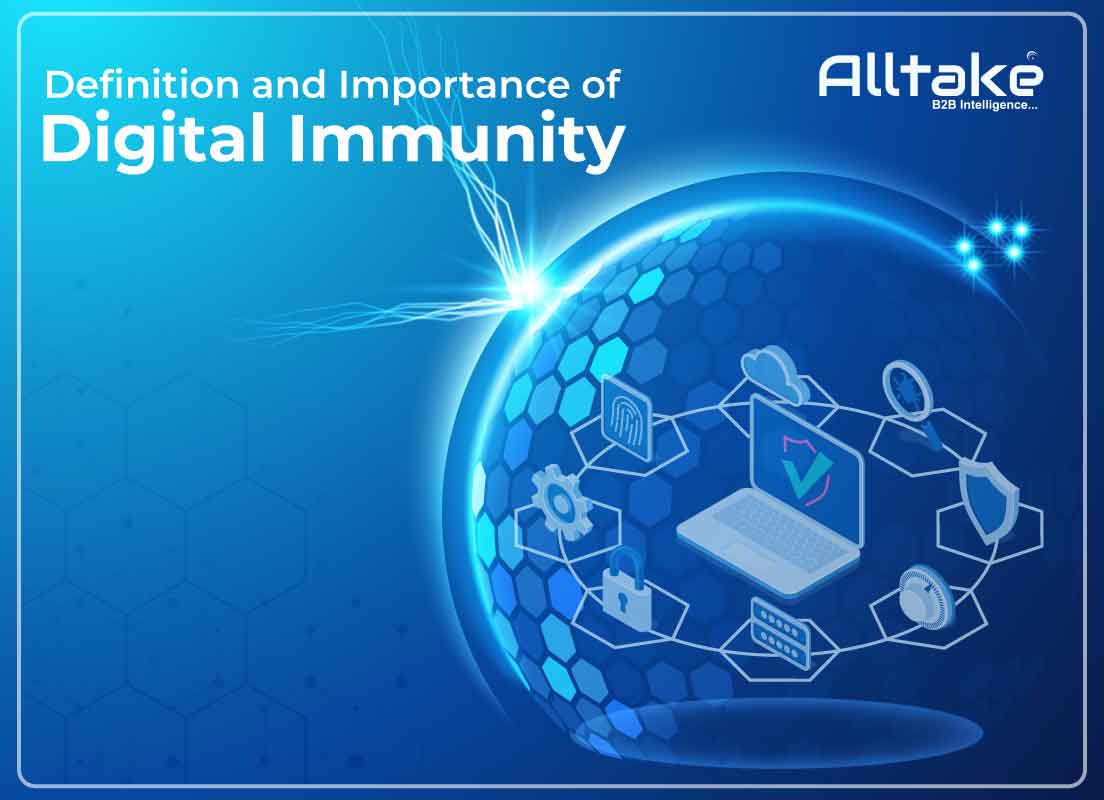
By Arko Chandra Published on : Oct 28, 2022
The responsibility of software teams is no longer limited to developing applications within a stipulated time and budget. Organizations now expect them to craft applications that offer outstanding customer experience, ramp up sales numbers and elevate business productivity. Now, none of these would be possible if the applications fail from time to time and frustrate end users.
To tackle this growing issue and develop strong applications, organizations are adopting the concept of digital immunity. A digital immune system (DIS) safeguards applications and systems from bugs and security risks, thus minimizing (sometimes eliminating) the chances of business discontinuity.
As a DIS amalgamates various technologies and practices like software development, design, operations, automation, and analytics, it diminishes the chances of system failures that adversely affect business productivity. It empowers applications and services to become sturdier so that even if they fail sometimes, they can recover quickly, thus reducing downtime. Moreover, a DIS ensures your CX isn’t compromised due to system failures, bugs, security concerns, or other technical defects.
The digital immunity approach inculcates an environment-wide quality check replacing the traditional project-centric focus. Even the quality standards are defined by end-user needs and injected into every stage of application development. The end result is a much more robust and resilient software offering exceptional CX.
Observability allows systems and software to be ”seen” so that software developers can spot the root cause of an issue much more quickly. A built-in observability feature in the application provides the necessary info on anomalies, helps mitigate them quickly, and elevates UX.
This practice helps software teams unravel vulnerabilities within a system, such as software anomalies, points of failure, and more, by making use of experimental fault testing. The process is typically run in preproduction environments, and then the learnings are applied to production environments.
Employing AI and ML-based technologies allows organizations to conduct software testing without any manual intervention. This testing phenomenon goes beyond automation testing by fully automating the planning, creation, maintenance, and analysis of tests. So, the entire testing environment performs in an autonomous and independent fashion.
A software environment is made to monitor itself and automatically remediate its issues without any involvement of operations staff. That way, the downtime is reduced as manual monitoring and correction usually take more time. The auto-remediation feature also works hand in hand with observability and chaos engineering to correct a failing UX.
This element of a DIS involves keeping a tab on the integrity of systems and data in the production environment so that anomalies and bugs can be detected and corrected before they hatch any unexpected issues for the users.
Observing the capabilities of a DIS, many organizations are embracing it. No matter how beneficial an application is, if it fails to provide a seamless and uninterrupted experience to users, it won’t be able to hold its place in the market for long. Digital immunity has the power to turn the tables for struggling software and applications.

The responsibility of software teams is no longer limited to developing applications within a stipulated time and budget. Organizations now expect them to craft applications that offer outstanding customer experience, ramp up sales numbers and elevate business productivity. Now, none of these would be possible if the applications fail from time to time and frustrate end users.
To tackle this growing issue and develop strong applications, organizations are adopting the concept of digital immunity. A digital immune system (DIS) safeguards applications and systems from bugs and security risks, thus minimizing (sometimes eliminating) the chances of business discontinuity.
As a DIS amalgamates various technologies and practices like software development, design, operations, automation, and analytics, it diminishes the chances of system failures that adversely affect business productivity. It empowers applications and services to become sturdier so that even if they fail sometimes, they can recover quickly, thus reducing downtime. Moreover, a DIS ensures your CX isn’t compromised due to system failures, bugs, security concerns, or other technical defects.
The digital immunity approach inculcates an environment-wide quality check replacing the traditional project-centric focus. Even the quality standards are defined by end-user needs and injected into every stage of application development. The end result is a much more robust and resilient software offering exceptional CX.
Observability allows systems and software to be ”seen” so that software developers can spot the root cause of an issue much more quickly. A built-in observability feature in the application provides the necessary info on anomalies, helps mitigate them quickly, and elevates UX.
This practice helps software teams unravel vulnerabilities within a system, such as software anomalies, points of failure, and more, by making use of experimental fault testing. The process is typically run in preproduction environments, and then the learnings are applied to production environments.
Employing AI and ML-based technologies allows organizations to conduct software testing without any manual intervention. This testing phenomenon goes beyond automation testing by fully automating the planning, creation, maintenance, and analysis of tests. So, the entire testing environment performs in an autonomous and independent fashion.
A software environment is made to monitor itself and automatically remediate its issues without any involvement of operations staff. That way, the downtime is reduced as manual monitoring and correction usually take more time. The auto-remediation feature also works hand in hand with observability and chaos engineering to correct a failing UX.
This element of a DIS involves keeping a tab on the integrity of systems and data in the production environment so that anomalies and bugs can be detected and corrected before they hatch any unexpected issues for the users.
Observing the capabilities of a DIS, many organizations are embracing it. No matter how beneficial an application is, if it fails to provide a seamless and uninterrupted experience to users, it won’t be able to hold its place in the market for long. Digital immunity has the power to turn the tables for struggling software and applications.